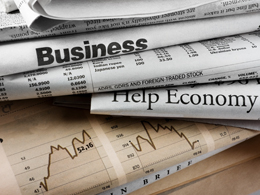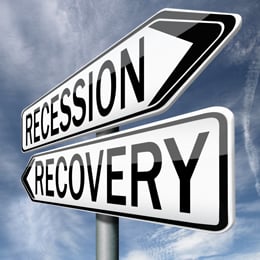The first sentence of my market update for last January went like this: “U.S. stock markets dropped across the board in January, as investors reassessed their risk tolerances.” Sound familiar? I went on to note that the primary concerns were slow earnings growth, caused by weakness elsewhere in the world, and a strong dollar. Again, does that ring a bell?













